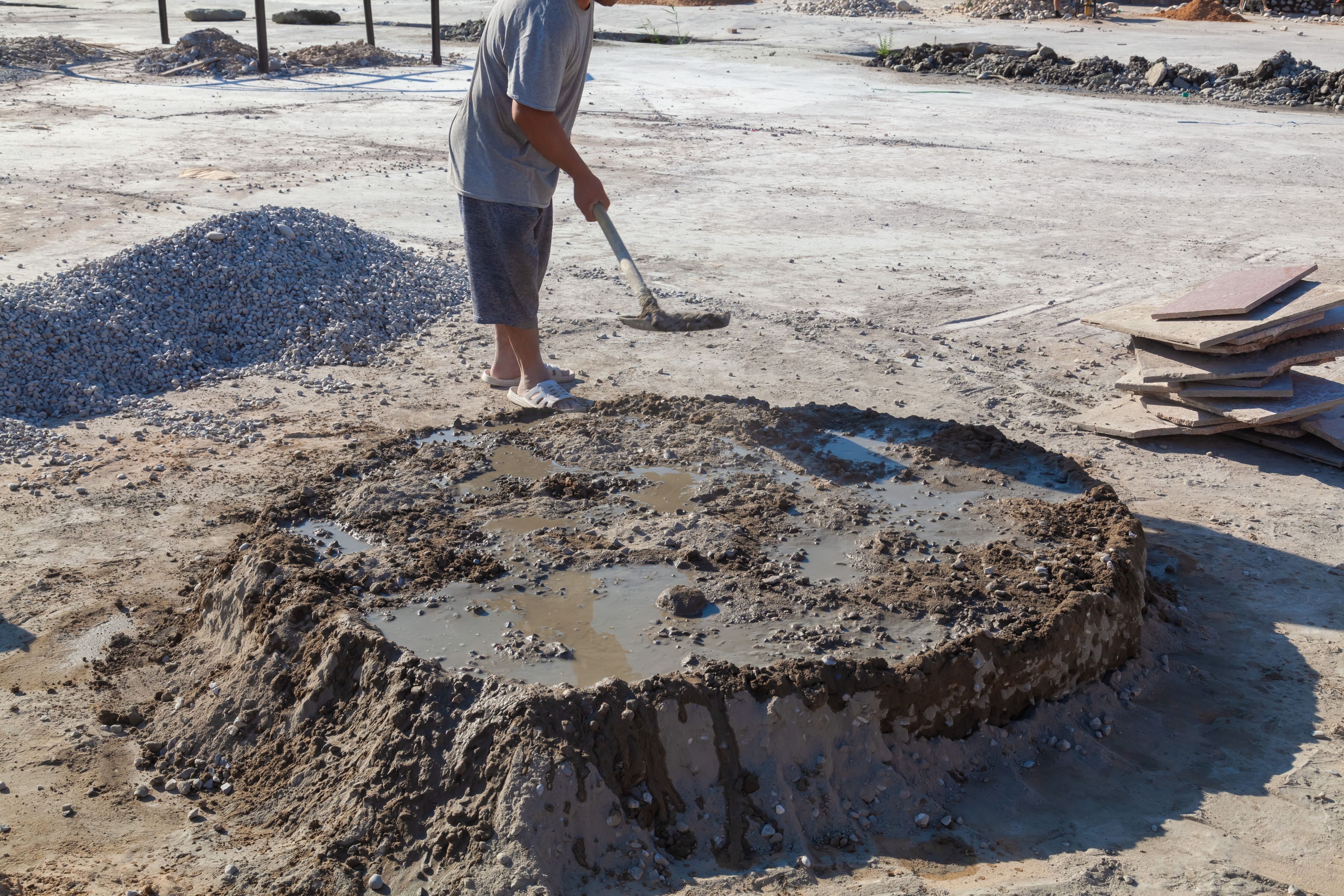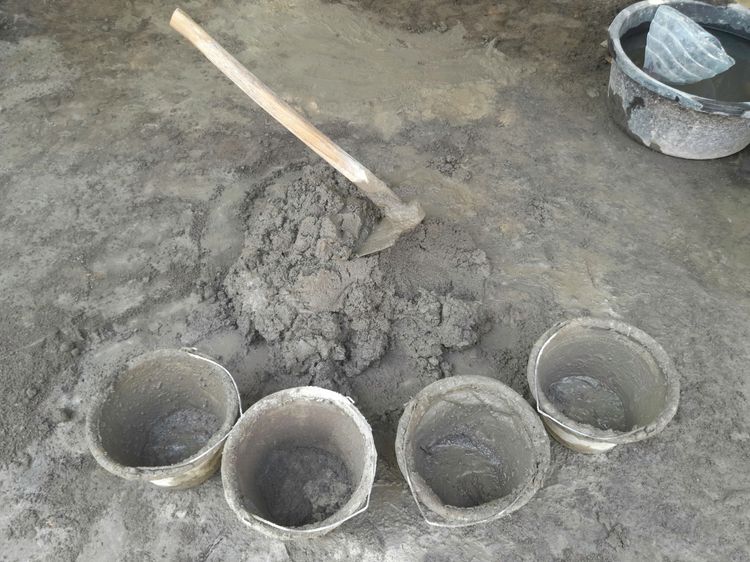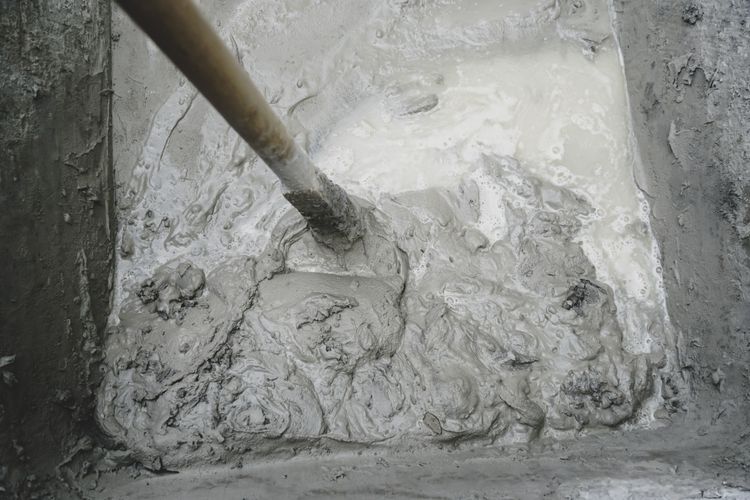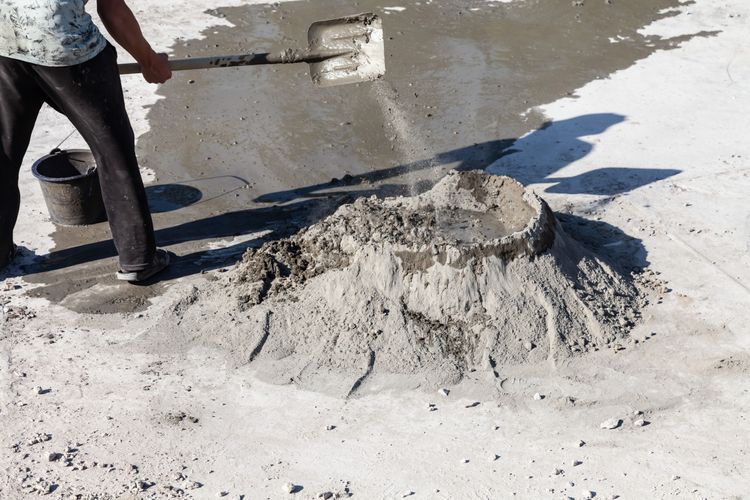The water-cement ratio is a critical factor in concrete mix design, directly influencing both the workability and the strength of the final concrete. This ratio is defined as the proportion of the weight of water to the weight of cement used in a concrete mix. Understanding how this ratio impacts the properties of concrete is essential for achieving the desired balance between workability and strength in any construction project.
Impact on workability
Workability refers to the ease with which concrete can be mixed, placed, compacted, and finished. The water-cement ratio plays a significant role in determining the workability of concrete:
High water-cement ratio:
Increased workability: a higher water-cement ratio results in more fluid concrete, making it easier to work with, especially in complex forms or where detailed finishing is required.
Reduced viscosity: the mix becomes less viscous, allowing for better flow and easier compaction, which is particularly beneficial in situations where the concrete needs to fill intricate molds or pass through narrow gaps.







 +91 7208055523
+91 7208055523
 Help & support
Help & support
